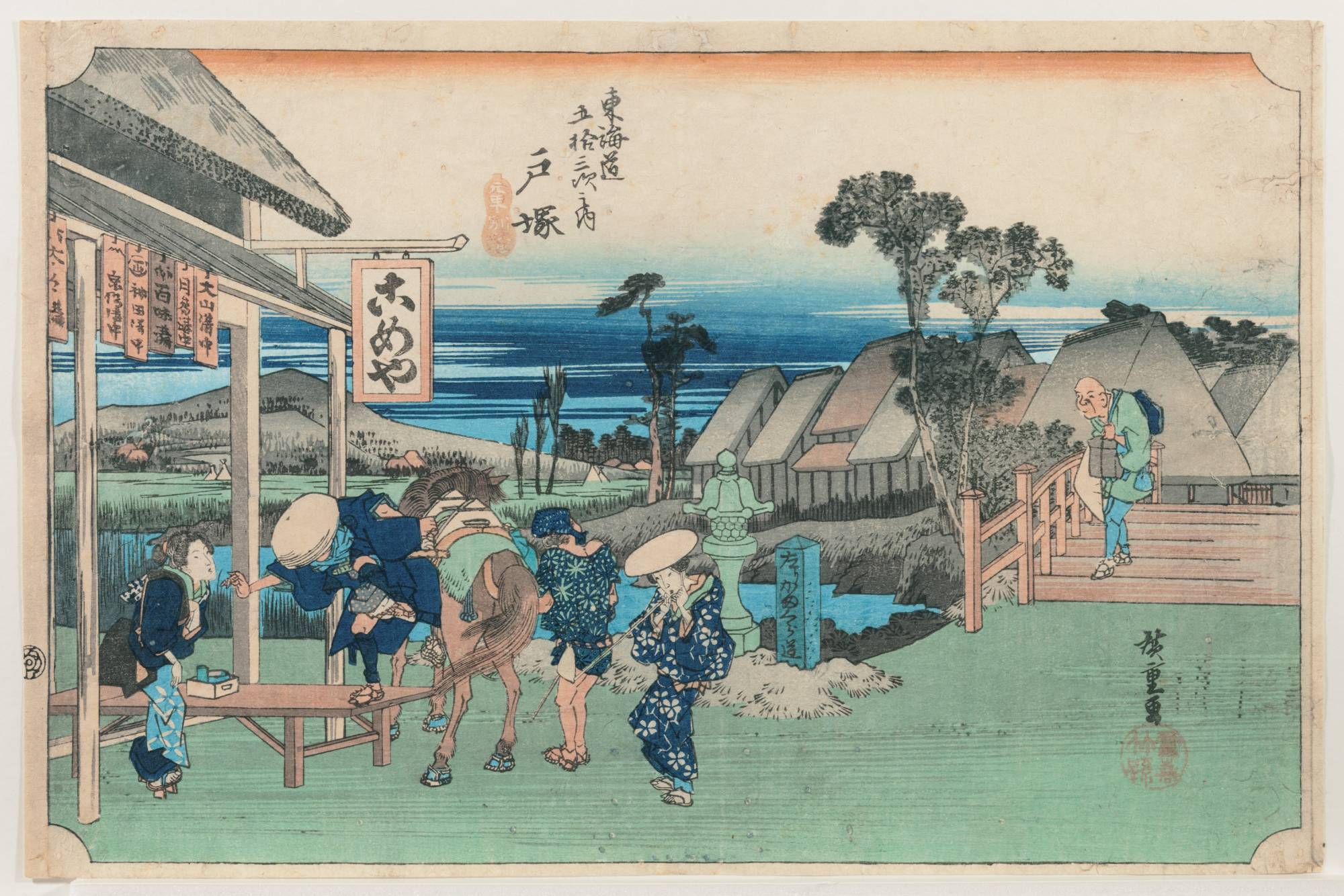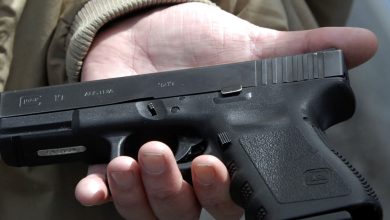Japanese Art Prints (ukiyo-e art)

Ukiyo-e art meaning
Japanese art prints, or Ukiyo-e, which literally means “pictures of the floating world,” have become an increasingly popular art form in the Western world. These “pictures of the floating world” sprang from the Buddhist ideology that joy is transient and only detachment from desire will bring true enlightenment.
The concept was abbreviated to mean that if joy is fleeting, then one must enjoy it to its fullest. Thereafter, scenes of joy were depicted in Ukiyo-e. This particular movement came to fruition in the 17th century. It involved carving an image inversely onto woodblocks, covering the revealed surfaces with ink, and pressing the block onto paper, resulting in the creation of the print.
History Development
Ukiyo-e originated in the Edo region (Tokyo) during a time when Japanese political and military power was in the hands of the shoguns.
In 1853, an American commander named Perry came to Japan to negotiate with the Japanese government on behalf of the USA. At the time of Perry’s arrival, Ukiyo-e characteristics was a popular contemporary art form, and many prints were on sale on the streets of Edo. Western visitors carried Ukiyo-e prints back to their homeland, thus exposing Japan’s exotic art to the rest of the world.
Ukiyo-e portraits
The subject matter of Ukiyo-e was usually portraits of kabuki actors, theatre scenes, lovers, famed courtesans, and landscape scenes from Japan’s history and lore. The first prints were produced in black and white. Artists Okumura Masanobu and Suzuki Harunobu were among the first to produce color woodblock prints by using one block for each color. Color woodblock was a very complex process.
There had to be a key block made for the outlines and one block for each color. Many printing blocks have to be produced to correspond to each color in the print.
The number of impressions that can be produced from one block is quite limited. As the number of copies increases, the block becomes worn down and the print quality deteriorates. Producing Japanese art prints involved many people aside from the artist, including designers, individuals who planned the mold, others who cut the mold, and those who pressed the molds onto the paper.
Offshoots of Ukiyo-e
The production of these particular Japanese art prints faded out around 1912. However, two new schools of print-making emerged to take their place.
Collecting Ukiyo-e
When collecting this exotic form of art, one must be familiar with a few Japanese terms. Prints that are shozuri are early printings, and a print said to be fukkoku is a reproduction.
Until the second half of the 20th century, the Japanese print-making process did not involve artists signing and numbering each print.
After becoming exposed to the exotic culture of Japan, a craze for everything Japanese swept through Europe in the late 1860s.
Consequently, Japanese publishing houses began producing copies of the more famous prints. The copy business lasted for many prosperous years. Many of the copies were of excellent quality. Some prints have stamps or markings in their margins, identifying them as copies; however, others are more difficult to discern. The quality of the paper and the condition of the colors are usually the primary indicators in detecting a copy. For the average collector who is unable to read Japanese characters, the task of detecting a copy is often insurmountable.
Collecting Ukiyo-e Art
- How many times do you visit an art museum and say to yourself, “I wish I could own that picture?” We all think that art investment is the preserve of the super-rich, that Sotheby and Christie are for other people, not ourselves. Well, that’s not actually true. Obviously, an Andy Warhol or a Van Gogh will stretch most pockets, but there is great art out there, rich in history, beautiful to look at, and best of all because the art of the past is a finite resource, an investment that will hold its value.
- For me, the woodblock prints of nineteenth-century Japan fit the bill for premium low-cost investment just perfectly. I run an online gallery that exclusively sells Japanese prints of this period or ukiyo-e history as it is called.
- First a little bit about the work. For those who think they are unfamiliar with Japanese prints, I’m sure that you will have seen the great wave by Hokusai crashing across drinks coasters or greetings cards, or else the red sides of Mount Fuji on a fridge magnet or poster somewhere. This type of art is actually more visible than you might think. Right now, there are major ukiyo-e exhibitions at national galleries in London, Boston, Oxford, and Brooklyn to name just a few.
Also read- Australian art
History
- There’s a lot of history to cram into a short article but simply put: the Japanese made woodblock printing their principal visual art for two or three hundred years.
- The process itself is very complicated and hugely skillful, involving an artist making a drawing and a craftsman carving anything up to twenty blocks of wood from the drawing and printing each block by hand onto paper in separate colors. The final result of the process is an edition of exquisite, many-colored prints.
- Subjects can include warriors from history, myths, and legends, beautiful women, landscape, poetry, or most commonly the great actors and performances of the kabuki theatre. Everything is rich in color, visually arresting and each print has a story to tell. What about costs and investment though?
Art investment
- Art investment is a little like real estate.
- You can buy property because you like it or you can buy it because you want to see it rise in value.
- The ideal is to buy a property that you like which is also going to give you a return. So it is with art. Contemporary art is a minefield;
- At the high end, the risk is less daunting because there’s an elaborate network of dealers and collectors to stabilize the market and point you in the right direction. But high-end contemporary art is wildly expensive and still attracts risk.
- More sensible is to pick a niche genre that you like, where the artist or artists are dead and where there’s a track record of market price and a consensus about value and quality. This is why Japanese prints are such a good buy at the moment.
- Like in property, there are high premiums for top pieces which rapidly increase in value and quickly become unaffordable and as a result, ripples spread outward and the market follows in the wake of soaring prices at the heart.
prints
- Prices for artists such as Utamaro, Sharuku, or Hokusai reached astronomical levels. For example, an Utamaro print fetched $311,679 in 2002.
- One thing people notice is that prints by the same artist vary widely in price… why is this? Condition is very important, remember these are fragile things and it sometimes seems miraculous that they have survived at all. Prints are prone to fading, attack by worms and insects, water damage, damp, fire, and careless handling, and excess trimming.
- Condition is paramount for value but also certain prints by artists are considered to be of exceptional artistic value, others are rare because the editions were very small.
- Most of all buy prints because you like them; Information like this enriches the experience of ownership enormously. It is also possible that your print will be in a significant museum collection; the MFA in Boston has thousands of ukiyo-e prints many of which are online.



